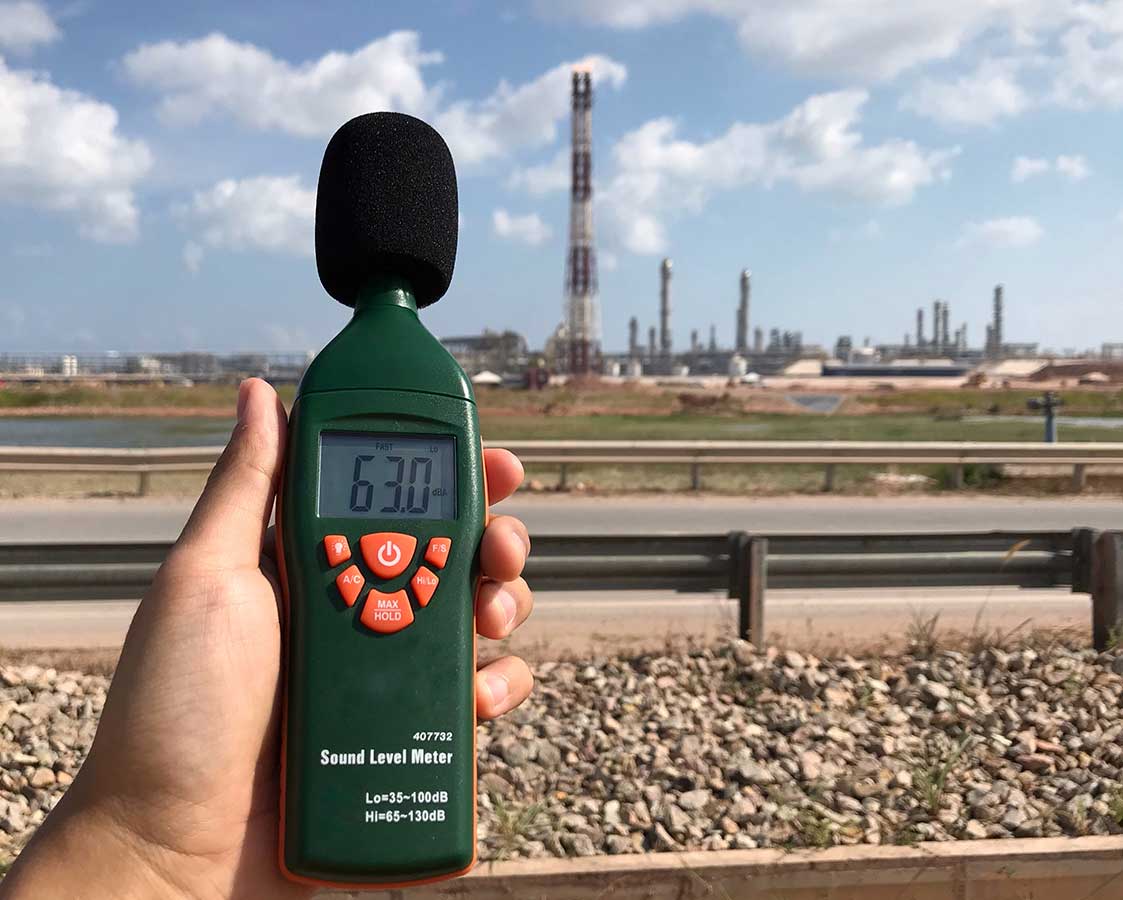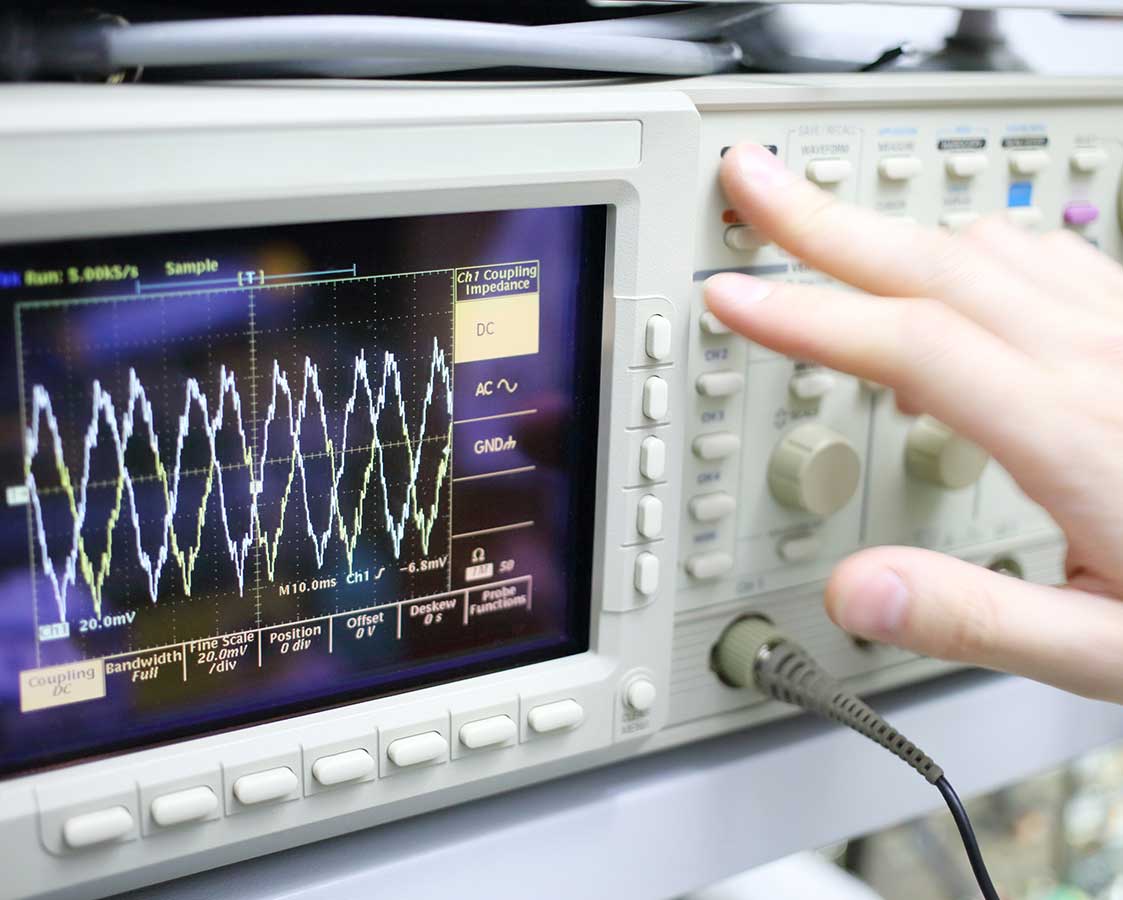Audiometric testing is essentially the term for a hearing test.
Most people may remember these audiometric hearing tests as infants to ensure that children are not disadvantaged where special communication skills and technology may be used as an intervention to assist. In the workplace where people are exposed to significant noise levels, chemical substances (ototoxic agents) and Hand Arm Vibration (HAV), there is the likelihood of hearing loss.
Purpose of Audiometric Testing
As part of a workplace health and safety monitoring system, audiometric testing provides a reassurance test to ensure that a person’s hearing levels have not deteriorated significantly. The four main reasons why audiometric testing is conducted includes.
- Detection and documentation of existing hearing loss;
- Identifying early identification of Noise Induced Hearing Loss (NIHL)
- To refer individuals with significant hearing loss to medial practitioners
- Facilitate communication or warning systems for those individuals that may be affected by hearing loss.
NSW WHS Regulations for Audiometry
In many states there are specific legislative requirements for companies to perform audiometric testing on a regular basis. In Sydney and NSW the requirements are that audiometric testing be performed at least every two years. There however is (2013 & 2014) an exemption order in NSW 012/13 has effect until 31 December 2014 where audiometric testing is not required; however from 1 Jan 2015 audiometric testing will be required for workers who are frequently required to wear hearing protection.

What are the Types of Audiometric Testing
There are two main types of audiometric testing which are also used for different purposes:
Reference audiometry, also known as Baseline audiometry, is the audiometric testing that is performed for companies prior to a person being exposed to excessive noise. This forms a basis of future audiometric testing.
Monitoring audiometric testing is performed to assess, the effectiveness of controls whilst being exposed to noise which can be assessed as either temporary or permanent hearing loss.
How is the Testing Conducted
Prior to the audiometric testing basic information is recorded which may include previous noise exposure history and medical history relating to hearing loss. An examination of the ear is also undertaken to observe any salient features that may impair the results of the audiometric testing. The examination is known as an otoscopic examination.
The test subject is seated within an audiometric testing booth to reduce the noise levels that may affect the measurements and the worker wears headphones. Through these headphones a series of music like tones are presented at increasing noise levels. Once the worker hears the tones, they depress a button to indicate that they have hear the tone. This audiometric testing procedure continues with the sound levels reducing until the worker cannot hear the tones. The noise level which the person could last hear is known as the threshold sound level.
The success of testing can also be dependent on the cooperation of the companies and the person undertaking the audiometric assessment. It is important that the participant is motivated and understands the testing procedure as this may influence the testing results.
Noise induced hearing loss is associated with loss of hearing at frequencies of 3,000 Hz, 4000 Hz & 6000 Hz. Whilst hearing loss occurs due to age, each individuals hearing loss measured through the audiometric testing basically compares that person to the average hearing levels. The hearing loss is then compared to the normal hearing limits. Further assessment of the companies audiometric testing results should be undertaken to observe whether there is a disproportionate number people with hearing loss to identify gaps in training and control measures.
Results of Testing
The results of the audiometric testing which is recommended to be performed by companies every 2 years, or more where there a high noise levels are compared with previous results of audiometric testing that the worker has conducted. The difference in the audiometric testing results can be a useful indicator that the Personal Hearing Protection (PHP) have been effective over that time period.
After the audiometric testing a comparison of the previous audiometry results is conducted to determine significant changes. In the hearing levels. These difference in hearing levels are outlined within AS/NZS 1269.4 Occupational Noise Management Part 4 Auditory Assessment.
Safe Environments provide audiometric testing services for companies in line with AS/NZS 1269.4 using mobile audiometric testing booths onsite at your workplace to minimise disruption to your work activities. During the audiometric assessment, our technicians and occupational hygienists can undertake noise surveys to determine the noise levels at your workplace and prescribe the optimum hearing protection.
For more information please contact our Sydney office which conducts onsite mobile audiometric testing throughout Sydney and regional NSW.


